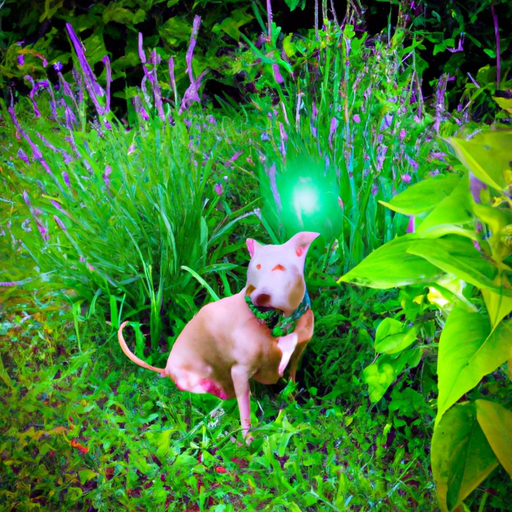As a loving pet owner, the well-being of your furry friend is one of your top priorities. One common concern is the issue of ticks. Ticks can be harmful to your dog, causing diseases such as Lyme disease and Rocky Mountain spotted fever. But don’t worry, there are natural ways to prevent ticks on dogs that are safe, efficient, and beneficial to your pet’s health.
Table of Contents
- Importance of Preventing Ticks
- Natural Methods to Prevent Ticks
- Other Considerations
- FAQ
Key Takeaways
- Understanding the importance of preventing ticks is the first step towards protecting your dog.
- There are numerous natural methods to prevent ticks, including dietary changes, essential oils, and regular grooming.
- Besides natural methods, there are other considerations to keep in mind for comprehensive tick prevention.
- An informative FAQ section to answer common questions about ticks and natural prevention methods.
Importance of Preventing Ticks
Ticks are not just a nuisance, they can pose serious health risks to your dogs. They carry diseases like Lyme disease and babesiosis, which can lead to severe complications if not treated promptly. Therefore, it’s crucial to take proactive steps to prevent your dog from getting ticks.
At One Top Dog, we understand the importance of keeping your pet tick-free. Here are some useful tips on how to check your dog for ticks and how to remove them safely.
Natural Methods to Prevent Ticks
Dietary Changes
What your dog eats can play a significant role in their ability to repel ticks. Foods rich in garlic and B-vitamins may help ward off these pesky parasites.
- Garlic: Although garlic can be harmful to dogs in large amounts, a small amount mixed into their food can potentially help repel ticks. Always consult with your vet before making significant changes to your dog’s diet.
- B-vitamins: Foods high in B-vitamins, such as liver and kidney beans, can also help. These vitamins may make your dog less attractive to ticks.
Essential Oils
Certain essential oils, like lavender, peppermint, and lemon, are known for their tick-repelling properties.
- Lavender: This sweet-smelling oil can be mixed with water and sprayed onto your dog’s coat.
- Peppermint: A few drops of peppermint oil in your dog’s shampoo can deter ticks.
- Lemon: Slices of lemon boiled in water can create a tick-repellent spray.
Remember, essential oils should be diluted and used sparingly as they can be potent. Always monitor your dog for any adverse reactions.
Regular Grooming
Frequent grooming is an effective way to keep ticks at bay. Regular baths and brushing can help you spot ticks early and remove them before they cause harm.
Other Considerations
While natural methods are an excellent first line of defense, consider these additional preventative measures:
- Keep your yard clean: Trim long grass and remove leaf litter where ticks can thrive.
- Check your dog regularly: Especially after walks in the woods or tall grass.
- Consult your vet: They can guide you on other preventative measures, including tick collars or medications.
Frequently Asked Questions
1. Can ticks be harmful to humans?
Yes, ticks can transmit diseases to humans as well, such as Lyme disease.
2. How often should I check my dog for ticks?
During tick season, check your dog daily. Pay special attention to hidden areas like under the collar, inside the ears, and between the toes.
3. Is tick prevention necessary year-round?
Yes, ticks can be active in temperatures above freezing. It’s advisable to continue tick prevention measures throughout the year.
In conclusion, ticks can pose a significant threat to your dog’s health, but natural prevention methods can help keep them safe. Remember to consult your vet before making any significant changes to your dog’s routine or diet. With regular checks and preventative measures, you can ensure your dog remains tick-free and healthy. For more pet care tips, visit One Top Dog.



